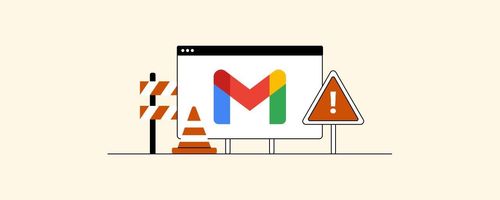Email validation is a critical component of web forms and applications, ensuring that the data you collect is accurate and usable. However, it's not uncommon to encounter issues where email validation doesn't work as expected. In this extensive guide, I, as an expert, will provide you with the knowledge and solutions needed to troubleshoot and fix email validation problems effectively, addressing common pitfalls and challenges that developers often face.
Understanding the Importance of Email Validation
Before delving into troubleshooting, let's briefly discuss why email validation is crucial:
Data Accuracy: Valid email addresses are essential for accurate communication, marketing, and user engagement.
User Experience: A smooth validation process enhances the overall user experience, preventing frustration and errors.
Security: Proper email validation helps protect your application from malicious or unauthorized users.
Compliance: In some industries, email validation is required to adhere to legal and regulatory standards.
Common Email Validation Issues and Their Causes
Email validation issues can manifest in various ways. Let's explore some common problems and their underlying causes:
Failure to Detect Valid Emails: This can happen when the validation logic doesn't recognize valid email formats.
Acceptance of Invalid Emails: When the validation process approves invalid email addresses, it undermines data accuracy.
Blocking Valid Emails: Overly strict validation rules may reject legitimate email addresses.
Slow or Unresponsive Validation: Delays in validation can lead to a poor user experience.
Lack of Feedback: Users may not receive clear feedback on whether their email address is valid or invalid.
Troubleshooting Email Validation Issues
Now, let's explore some practical steps to troubleshoot and resolve email validation issues:
Review Validation Logic: Check the validation logic or regular expressions used. Ensure they adhere to standard email formats and conventions.
Test Various Email Addresses: Validate different types of email addresses, including those with special characters or unusual domains, to identify any specific issues.
Third-Party Libraries: If you're using third-party libraries for validation, ensure they are up to date and compatible with your framework or programming language.
Cross-Browser Testing: Perform email validation tests on different web browsers to rule out browser-specific issues.
Server-Side Validation: Implement server-side validation to provide an additional layer of security and accuracy.
Real-Time Feedback: Provide instant feedback to users as they input their email addresses, indicating whether the address is valid or not.
Error Handling: Implement robust error handling to capture and diagnose validation errors effectively.
Common Questions About Email Validation Issues
Let's address some frequently asked questions about email validation issues to provide you with a comprehensive understanding:
1. Why is my email validation logic rejecting valid email addresses?
This can occur due to incorrect regular expressions or overly strict validation rules. Review and adjust your validation logic accordingly.
2. Are there any tools or services to help with email validation?
Yes, there are numerous email validation services and APIs available that can streamline the validation process.
3. Should I rely solely on client-side email validation, or is server-side validation necessary?
It's essential to have both client-side and server-side validation to ensure data accuracy and security.
4. How can I provide better user feedback during email validation?
Offer clear and concise feedback messages to users, indicating whether their email address is valid or invalid.
Conclusion
Email validation is a critical aspect of web development, impacting data accuracy, user experience, and security. When email validation doesn't work as expected, it can lead to frustrating user experiences and inaccurate data. By understanding the importance of email validation, identifying common issues, and following troubleshooting steps, you can ensure that your web forms and applications function smoothly and provide users with a seamless experience.
Embrace the expertise provided in this guide to troubleshoot and fix email validation issues effectively, ultimately enhancing the quality of your web applications and ensuring user satisfaction.



